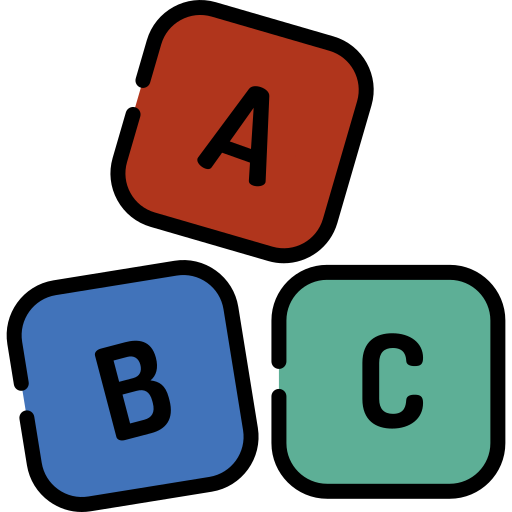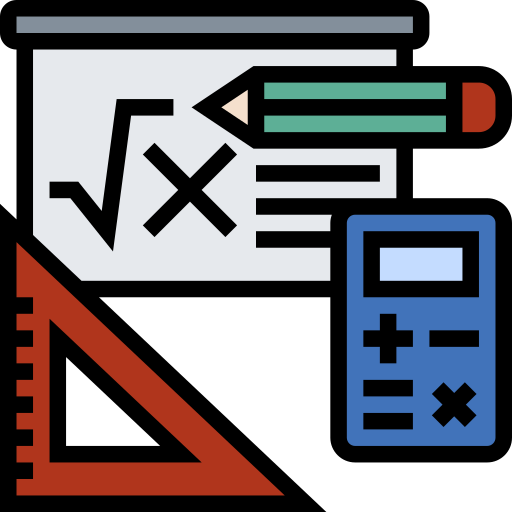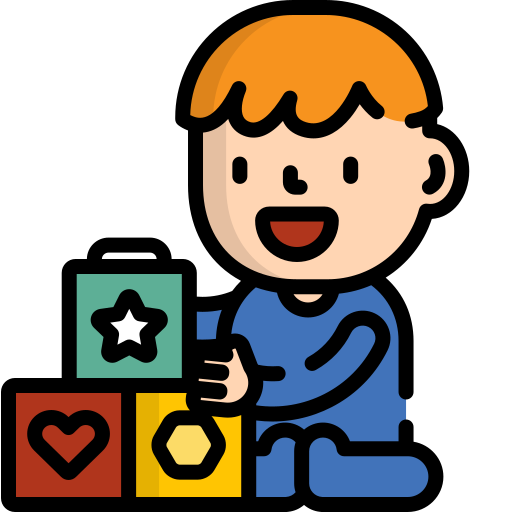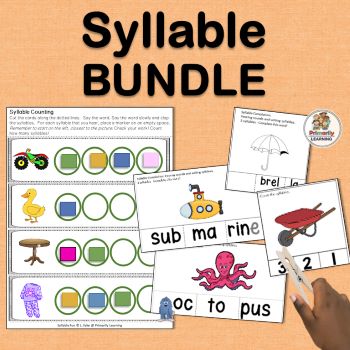Sharing is caring!
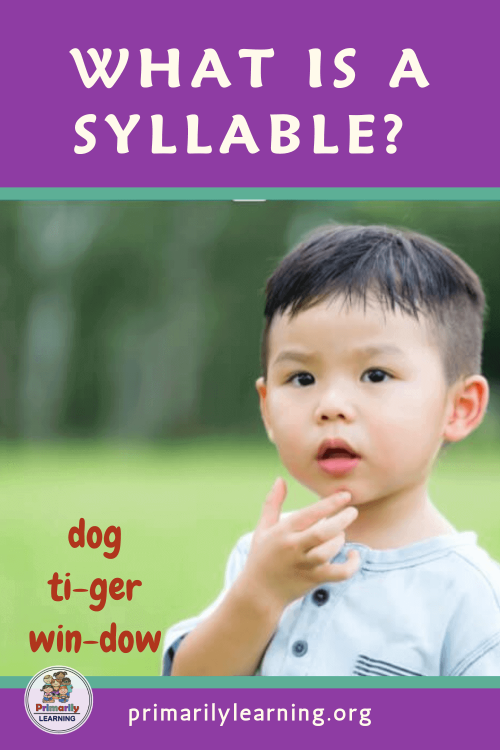

What is a Syllable?
A syllable is a unit of sound containing one or more letters that create a vowel sound.
How words are pronounced gives us a good idea of the number of syllables in a word. Usually, the spoken vowel sounds contain a written vowel or vowel combination. (Some exceptions include words like “rhythm,” where two vowel sounds are heard.) Words can have one or more vowel sounds.
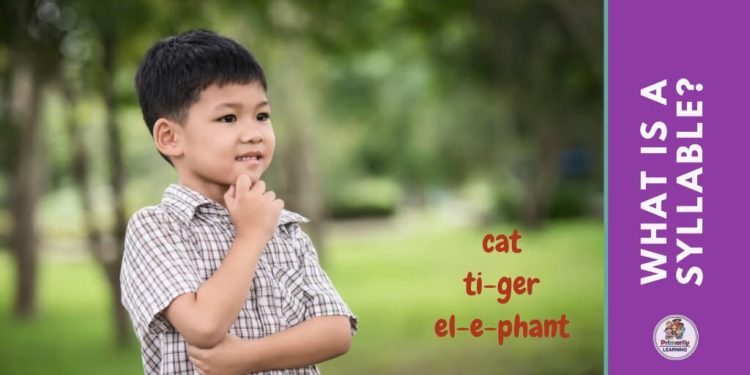
How is this helpful when learning to read and write?
Hearing the vowel sounds in words and knowing that a syllable usually contains a vowel or vowel combination is helpful to the new reader.

It’s all about pronunciation! (… and lots of practice playing with words.)
Understanding syllables can help some students learn to spell and read words correctly. Along with systematic synthetic phonics, learners are taught spelling patterns. (e.g., short word – short vowel sound (CVC); split digraph or magic ‘e’ – long vowel sound (CVCe); consonant digraphs (CCVC, CVCC, CCVVCC), ‘r’ controlled vowels (VR); consonant ‘le’ words (CLE)
Knowing the rules for syllable division can help children read words more fluently. It’s another tool.
Dividing Words into Syllables
- Divide between two middle consonants. (e.g., su-per, lad-der. whis-ker).
- Separate compound words. (e.g., cow-boy, house-boat).
- Divide between prefixes, suffixes, and root words. (e.g., un-paid, price-less, re-do).
- Never split up consonant digraphs. (e.g., th, ch, sh, wh, ph).
- Usually divide before a single consonant. (e.g., e-qual, a-bout, i-dol). NOTE: When the first syllable has a short vowel sound, (i.e., “cab-in”) the consonant is spoken with the first syllable.
- Divide before “CLE” (e.g., trou-ble, cud-dle, tur-tle)… except for words like “trick-le”.
- Yes, Reading is Complicated!
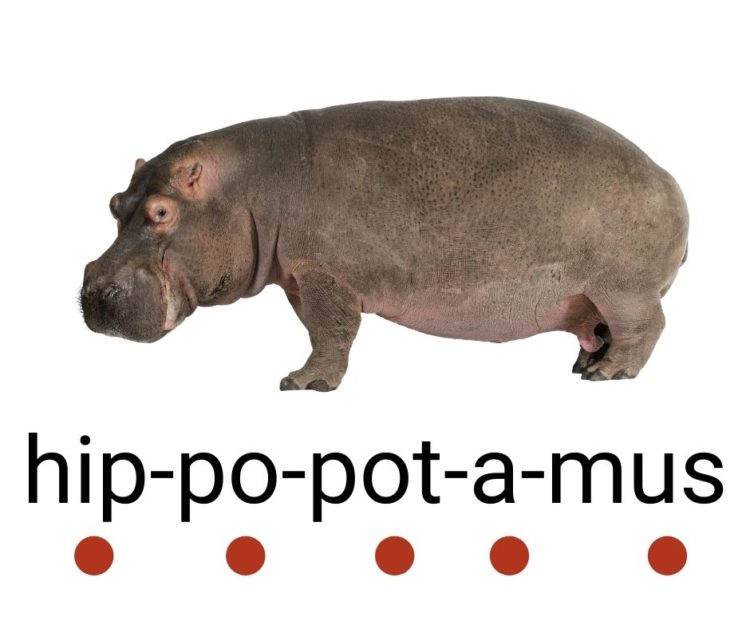
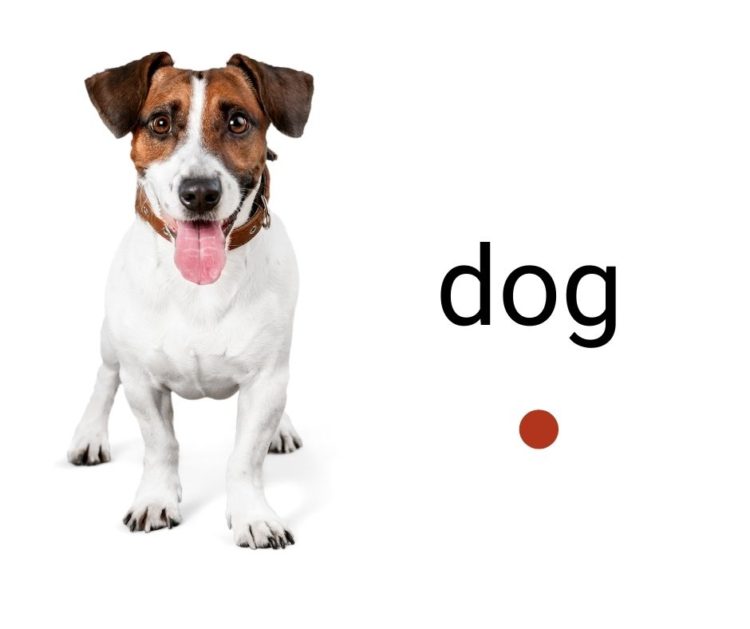

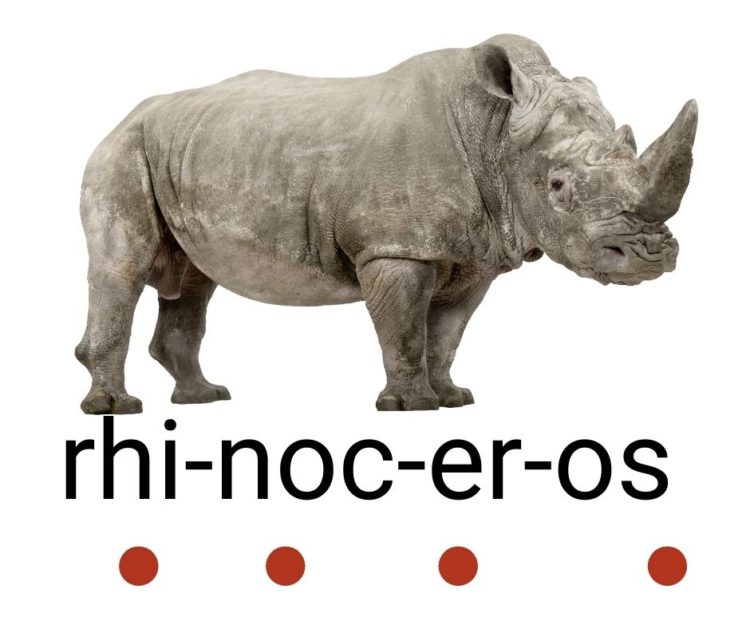

How many Syllables? What are some examples?
ONE
- ant, blue, dog, book, wish, love, light, my, go, duck, egg, run, pail, zoo, cold, boy, drum, pig, tree, come, light, have.
These words are “monosyllabic.”
TWO
- apple, cherry, window, garbage, cupcake, wheelchair, ketchup, little, music, puzzle, yoyo, wagon, happy, question, napkin, zebra.
These words are “disyllabic.” (avoid “bisyllabic”).
THREE
- sunflower, piano, basketball, mosquito, dinosaur, everything, operate, skeleton, kangaroo, alphabet, jellyfish, umbrella, tomato.
These words are “trisyllabic.”
FOUR
- alligator, Cinderella, television, watermelon, motorcycle, kindergarten, calculator, caterpillar, beautiful, identical, secretary, binoculars, ordinary, macaroni.
These words are “quadrisyllabic.”
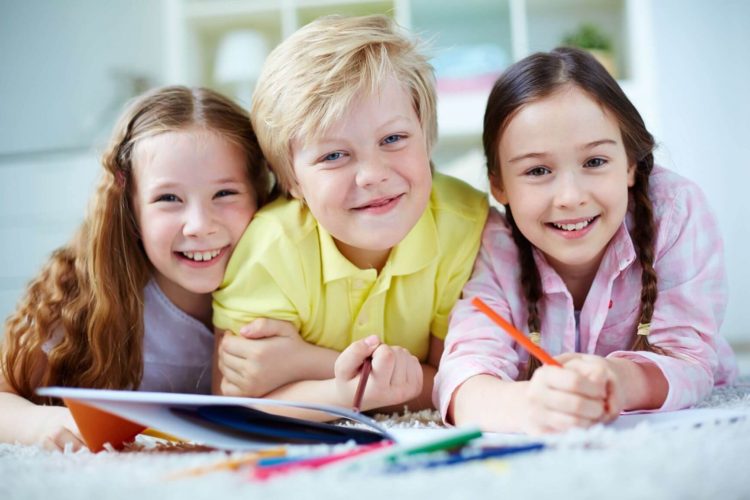
Have you seen this Syllable BUNDLE?
There are 6 Syllable Types
A Closed Syllable (VC) has a single vowel and ends with a consonant. The vowel has a short sound.
- in, bed, drop, lem-on, lap-top, rab-bit, drag-on, nap-kin, pup-pet, vis-it.
- fro-zen, can-dy, in-to.
An Open Syllable (V) ends with a single vowel. The vowel has a long sound.
- be, go, hi, she.
- mu-sic, bin-go, ti-ger, a-pron.
The Split Digraph or Magic ‘e’ Syllable (VCe) ends with a consonant and a silent ‘e.’ It has a long vowel sound.
- bike, kale, dime, page, kite, game, life-time.
- base-ball, tad-pole, valen-tine.
A Vowel Team Syllable (VV) contains two vowels that make one sound.
- sail, green, tie, soap, team.
- res-cue, rain-fall, drum-beat, boat-ing.
NOTE: A Vowel Team includes a Diphthong Syllable (VV) where two vowels make a special sound.
- cloud, look, food, coin, blue, foil.
- au-to, des-troy, sea-trout.
An R-controlled Syllable (VR) has a syllable followed by a single letter ‘r’. The sound is an ‘r’-controlled vowel.
- card, her, bird, cord, fur, first, purse, shirt, yard.
- var-nish, cat-er-pill-ar, ser-pent, tur-key.
A Consonant-LE Syllable (CLE) is an unaccented final syllable with a consonant followed by ‘le.’
- un-cle, ap-ple, jug-gle, can-dle, cir-cle, ta-ble.
Is there a resource available to help?
When you begin looking for ready-made pictures to sort, be sure to check out Sorting Activities from Primarily Learning.
Another great hands-on activity is How Many Syllables? Peg-It! by Primarily Learning.
To help train the kid’s ears to hear and process auditory information… Check out these Auditory Processing Task Cards that align with the Science of Reading!

Wishing you a great day!
Laurie Fyke

